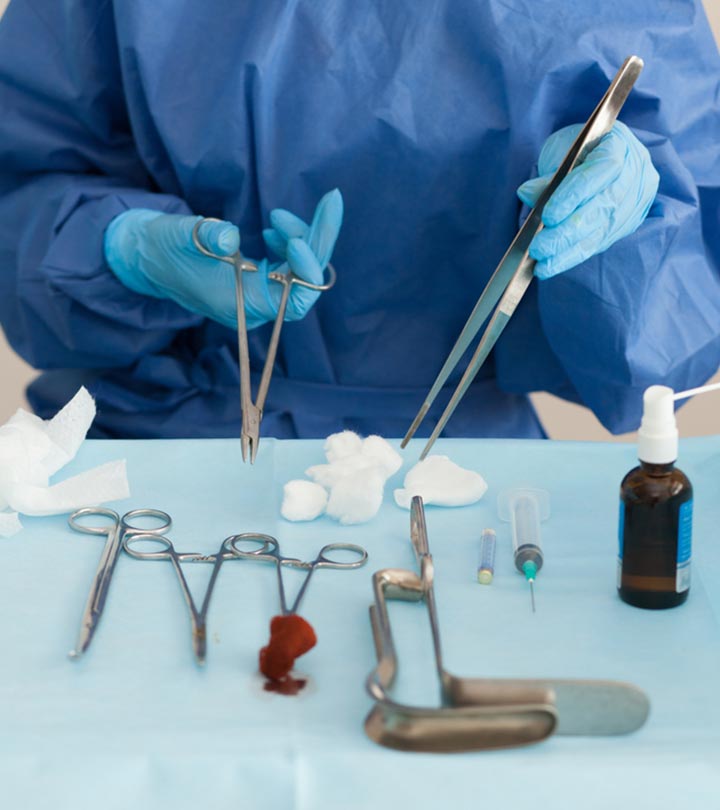Knee Arthroscopy: A Miniature Revolution in Knee Joint Surgery

The knee joint is one of the most important joints in our body. It is involved in most of our daily activities, including walking, running, and climbing. Unfortunately, the knee joint is also one of the most injury-prone joints. Knee injuries can be caused by sports, accidents, or simple wear and tear. If you suffer from knee pain, stiffness, swelling, or discomfort, then you might be a candidate for knee arthroscopy.
Knee arthroscopy is a relatively new surgical technique that has revolutionized the way we diagnose and treat knee joint problems. It involves inserting a miniature camera through a small incision in the knee joint, allowing the surgeon to view the inside of the joint on a high-definition screen. The surgeon can then use specialized tools to diagnose and treat the problem.
Knee arthroscopy is a minimally invasive procedure that offers several benefits over traditional open surgery. It requires only small incisions, which means less pain, less scarring, and faster recovery. It can be performed on an outpatient basis, which means that you can go home the same day as the surgery. The risk of infection and other complications is also lower with knee arthroscopy.
Knee arthroscopy can be used to diagnose and treat a wide range of knee joint problems. Some of the most common knee joint problems that can be treated with knee arthroscopy include:
1. Torn meniscus: a tear in the cartilage that cushions the knee joint.
2. ACL injury: a tear in the anterior cruciate ligament, which connects the thigh bone to the shin bone.
3. Arthritis: inflammation and damage to the knee joint.
4. Loose bodies: small pieces of bone or cartilage that float around in the joint and cause pain and stiffness.
5. Synovitis: inflammation of the lining of the knee joint.
The knee arthroscopy procedure typically lasts between 30 minutes to an hour. You will be given anesthesia to numb the knee joint, and a small incision will be made in the knee. The miniature camera will be inserted through this incision, and the surgeon will be able to view the inside of the joint on a screen. The surgeon will then use specialized tools to diagnose and treat the problem.
After the surgery, you will be taken to a recovery room where your vital signs will be monitored. You will need someone to drive you home, as the anesthesia will make you feel drowsy. You will be given pain medication to manage any discomfort.
Most patients can resume normal activities within a few days of the surgery. However, you should avoid high-impact activities and sports for at least a few weeks. You will also need to attend physical therapy to promote healing and improve the strength and flexibility of the knee joint.
In conclusion, knee arthroscopy is a safe and effective surgical technique that offers several benefits over traditional open surgery. It can diagnose and treat a wide range of knee joint problems, and it requires only small incisions, less pain, less scarring, and faster recovery. If you suffer from knee pain or knee joint problems, talk to your doctor to see if knee arthroscopy might be right for you.